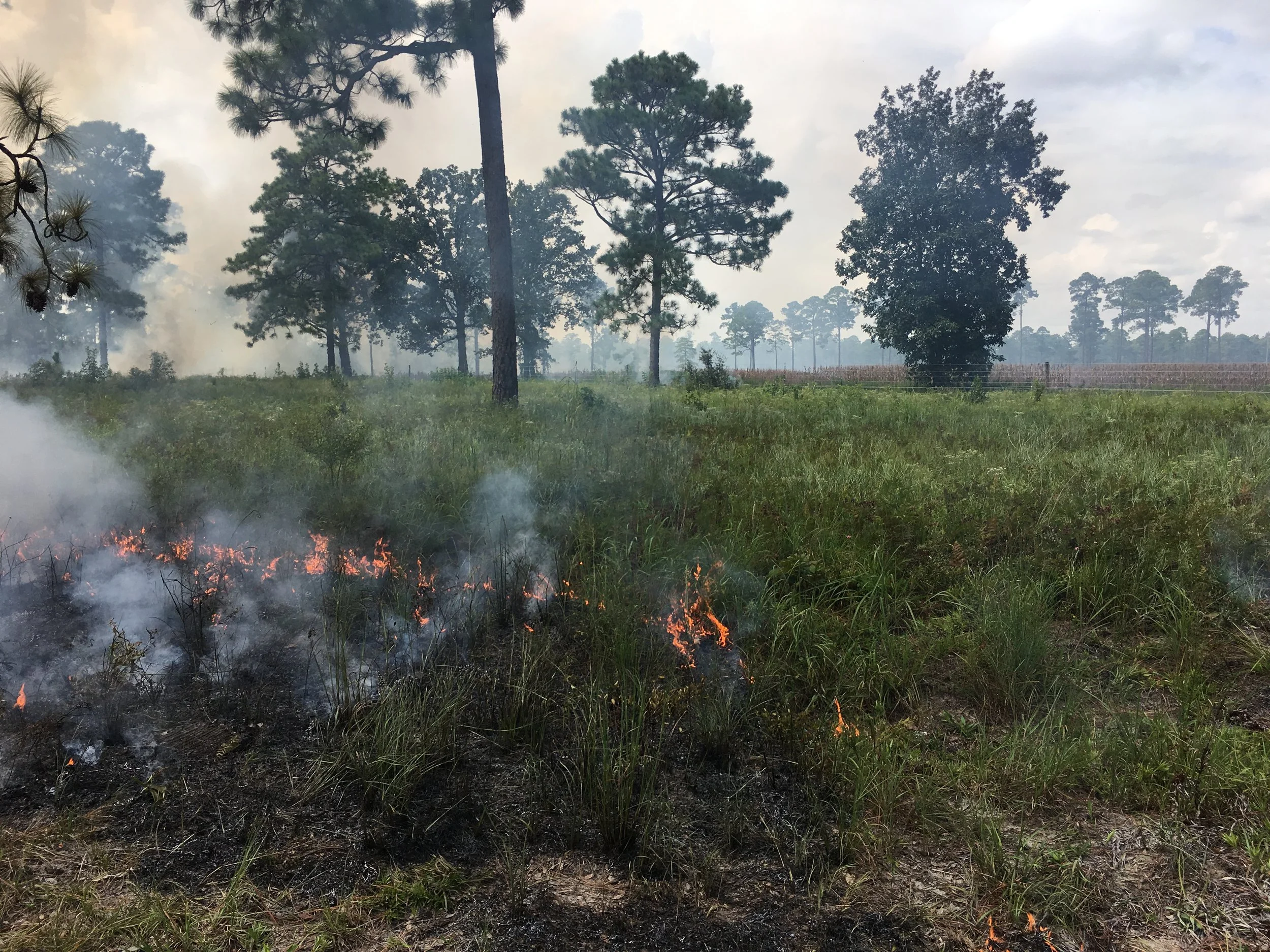The bobwhite brood field conundrum: a strategic alternative to disking
Bobwhite quail are a classic southern game species, and you can absolutely create excellent brood-rearing areas on your property.
For landowners committed to world-class quail hunting, creating and maintaining high-quality brood habitat is a primary objective. For decades, the standard approach (based on foundational work from pioneers like Herbert Stoddard and the Albany Quail Project) has been to disk small fields (1-5 acres) to break up grasses and encourage forb production.
While this traditional method was an important step forward, it comes with significant and often-overlooked liabilities.
The traditional approach (and its hidden costs)
Annual disking is a high-input activity. It represents a significant and recurring drain on operational budgets, requiring expensive heavy equipment, high fuel consumption, and extensive man-hours.
More importantly, from a stewardship perspective, this practice degrades the long-term health and value of your land.
Annual tillage has been proven to:
Reduce vital microbial biomass
Destroy soil organic matter
Increase soil compaction
Accelerate erosion
Reduce water absorption rates
These factors lead to a direct reduction in soil productivity. The proof is that after several years of this practice, many properties are forced to add lime and fertilizer just to get the same results, an approach that treats the symptom rather than curing the problem.
A strategic solution: fall prescribed fire
We advocate for a different, more strategic solution that leverages the most efficient and natural tool in the land manager's toolbox: prescribed fire.
The strategy involves a shift in timing and technique. Instead of dedicating 20-30% of your property to costly and destructive disking, we recommend burning that same percentage in a new window: between September 15 and November 15.
This approach replaces the plow with a smarter, more holistic tool.
The benefits of a fire-based strategy
Shifting to a fall burn program provides a cascade of benefits that align with the goals of a true Steward's Strategist—improving both the ecosystem and the asset.
Superior Habitat: This timing favors the explosion of herbaceous plants (forbs) over native grasses, creating ideal brood-rearing habitat. We have seen this firsthand, with burns as early as August 20 resulting in a massive increase in critical forbs like narrow-leaf desmodium.
Reduced Hardwood Encroachment: Fall burns are more effective at reducing hardwood competition.
Better Hunting: This practice eliminates cover on a portion of the property, concentrating quail on the unburned remainder for the hunting season.
Greater Flexibility: It affords a manager the flexibility to change which acres are burned from one year to the next, avoiding the trap of disking the same "brood fields" year after year.
Increased Timber & Financial Value: This method allows you to grow timber on a higher percentage of the property (while keeping the basal area under 60). It can also be timed to encourage natural longleaf pine regeneration, a key strategy for uneven-age management and long-term value.
Managing common concerns
We have heard some land managers express concerns about burning during this non-traditional window, citing high humidity, potential conflicts with hunting, or control issues.
Our experience have proven these challenges are easily managed with a strategic plan.
Is every day a good burn day? Of course not. But compare the man-hours required to burn 25% of a property versus disking that same acreage. The efficiency gains are enormous.
What about wet conditions? In a pine stand with straw on the ground, we have successfully and safely conducted burns with 70% humidity on the same day as a half-inch morning rain.
Is it right for every acre? No, but it is a powerful and proven tool for most. We recommend a phased implementation, starting with a single course to demonstrate its effectiveness.
Controlled burns are an excellent, if unconventional, alternative to disking.
A proven, smarter way to manage your wildlife habitat
Shifting from a reliance on disking to a strategic fall burn program is a clear example of how data-driven approaches can challenge traditional models while creating new opportunities for maintaining and increasing your property’s value.
It achieves a superior ecological outcome (healthier soil, better habitat) while delivering a stronger financial result (lower operational costs, healthier timber asset). It is a smarter, more efficient, and more sustainable way to manage your land and secure its legacy.
This strategy is just one component of our integrated approach that combines forestry techniques and wildlife management into a single plan for your property.
Ready to optimize your property?
Sometimes, traditional methods can create hidden inefficiencies. See our complete approach to habitat management and discover how a modern, data-driven program can be strategically applied to your property.


